The Wild Flowers of Skopelos
Blog
For those who love Skopelos and the wildflowers of Greece
The Wild Flowers of Skopelos
Blog
For those who love Skopelos and the wildflowers of Greece


















Springtime in Skopelos
12 April 2019
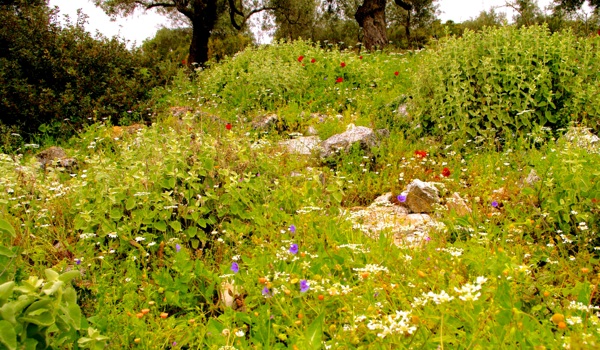
In springtime Skopelos comes alive with flowers of every colour, with the vivid reds of poppies (Papaver dubium and P. rhoeas) and bright yellow of crown daisies and corn marigolds (Glebionis coronarium and G. segetum) filling the fields and olive groves with their vibrant colours, the purple tassel hyacinths (Muscari comosum), the magenta gladioli (Gladiolus italicus & G. illyricus), purple gilly flowers (Matthiola incana), and the beautiful blues Cynoglossum creticum and viper’s bugloss (Echium planaginium), with pinks of common centaury (Centaurium erythraea) and pyramidal orchids (Anacamtis pyramidalis), which are also in profusion.
In contrast are the lacy white flowers of the parsley-like Scaligeria napiformis and Torlis nodosa fill the olive groves on the terraces of the deep valley above Glisteri. Hidden amongst the green sward, are the more elusive bee orchids, subtle and sophisticated (Ophry apifera & O. bombyliflora).
At this time of year, there are too many flowers to name, it is as if the plants are tumbling over each other in their haste to flower and produce seeds before the hot dry summer months set in.
Only four new flowers added but there are many more which flower in springtime,
click on blue links above.




The Asteraceae Plant Family
(also known as Compositeae)
18 Feb 2019
The Asteraceae, the sunflower or daisy family, can stimulate frustration in gardeners, delight in children, the fascination of botanists, the intrigue of mathematicians and the enthusiasm of foragers.
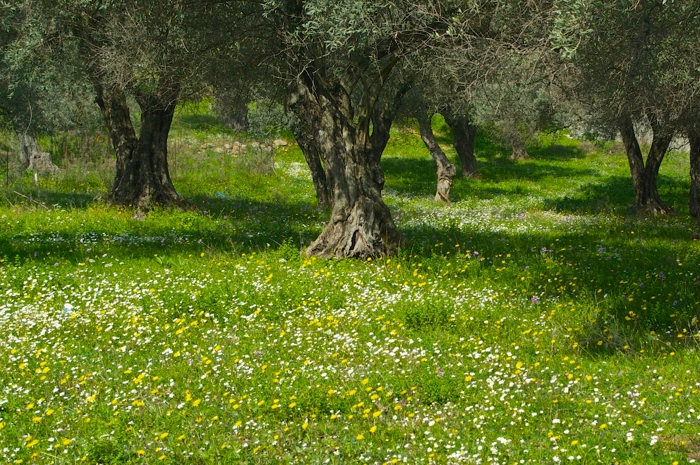
The sunflower or daisy family, the Asteraceae, is the largest plant family in the world with over 1,500 genera and over 23,000 species and inevitably such a large family is highly complex with sub-families and tribes.
On Skopelos there are at least 70 species of Asteraceae, ranging from the inconspicuous cudweed (Filago eriocephalus) to magnificent, tall, purple thistles (Carduus nutans and Onopordum tauricus); with several species of daisies, including the simple common white daisy (Bellis perennis) to the impressive brilliant yellow crown daisy (Glebionis coronarium) and aromatic chamomiles (Anthemis and Chamomila). The family includes many dandelion-like flowers, mostly yellow, which can be difficult to differentiate from each other but also blue chicory (Cichorium intybus). Many of the yellow dandelions (Taraxacum megalorrhizon, Leontodon tuberosus) are common and widespread but the rare Asteracea, Centaurea rechingeri, first identified on Kyra Panagia also occurs on Skopelos: sadly I have not yet found a specimen to photograph.
Many of the young green leaves of all these plants are similar; they are known as dandelion greens or pikalida (πικραλίδα) They are collected in springtime by the Skopelitians and eaten as salad, as boiled greens or in delectable pies. There is still a high level of traditional, specialised knowledge of local plants amongst the people of Skopelos, who have little difficulty identifying the many edible plants, collectively known as horta, from the appearance of the leaves, even before the flowers appear.
The new plants added are all members of the large and complex family, the Asteraceae.












More asteraceae facts:
The Asteraceae family is highly successful, with members on every continent except Antarctica; it occupies a wide range of habitats and some species flower in all seasons except for the coldest and driest months. The family contains troublesome weeds, attractive garden flowers, vegetables and the economically important oil producers, sunflowers.
The flower heads of Asteraceae, named after the stars, are not as at first appears single flowers, but a number of florets, from few to many, arranged in such a way as to resemble a regular flower; they are a composite of many tiny florets. The head is surrounded by green bracts, phyllaries, in one or several rows; in thistles these are armed with spines, they are most impressive in the artichoke.
There are two types of florets, tubular and lingular (tongue shaped). The head, the capitulum, may be composed of tubular florets only, the thistles; lingular florets only, the dandelions; or both tubular and lingular florets, daisies. In the latter the central area of the capitulum is formed tubular or disc florets surrounded by ligular or ray florets.
A number of species of Asteraceae, have the ability to produce seeds both sexually, following pollination of the egg cell or asexually by a process known as apomixis, a form of parthenogenesis, without the help of the male gamete, propagating maternal clones.
The tree of life for Asteraceae is extremely complex and categorising species is difficult and sometimes confusing; over recent decades genetic studies have help botanists with this task, throwing fresh light on the subject.
The florets of Asteraceae are arranged in spirals, with the number of spirals following the Fibonacci sequence; 1,2,3,5,8,13….., each floret is placed next to the last at an angle of 137.50; this is known as natures favourite angle or the golden angle.
Mia pikilia - a mixed assortment
A scattering of colour on a green island
10 Jan 2019
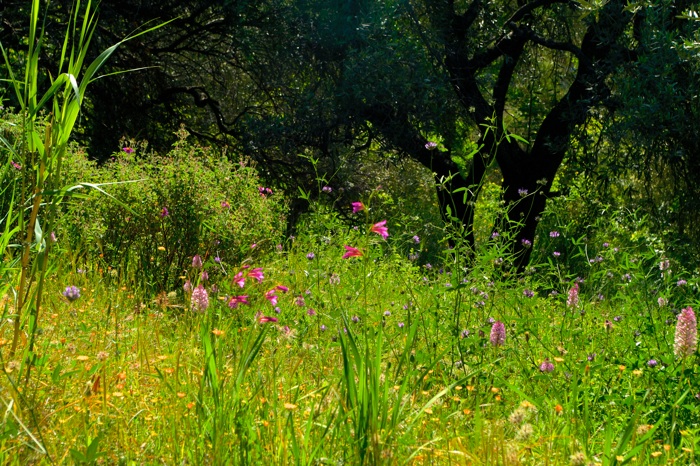
For the New Year and as a reminder of warmer, brighter days I have simply added twelve new flowers from different times of the year, celebrating the rich, diverse flora of Skopelos and reflecting the scattering of colour on a green island.






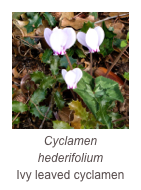
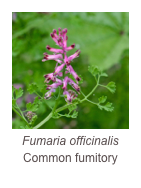
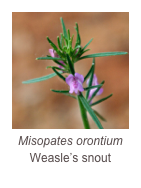
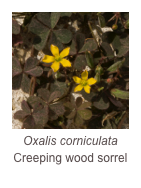
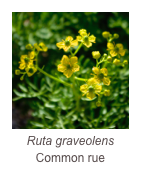
Now more than 280 flowers and trees

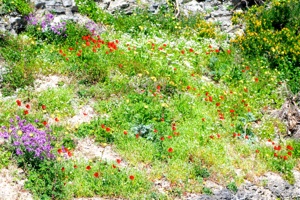
The Wildflowers of Skopelos is for those who love the island of Skopelos and the wildflowers of Greece.
There are now over 250 flowers and trees and also information on the island, its floral landscape, geology, climate, and ecological habitats.